Deprex 10 | Tablet | 10 pcs
৳ 45.10
Brand Name: Deprex Tablet
Generic: Olanzapine
10 mg
Manufacturer: Square Pharmaceuticals Ltd.
Unit Price: ৳ 4.51 (50’s pack: ৳ 225.50)
Indications
Olanzapine is indicated for the acute and maintenance treatment of schizophrenia and related psychoses where positive symptoms (e.g. delusions, hallucinations, disordered thinking, hostility and suspiciousness) and/or negative symptoms (e.g. flattened affect, emotional and social withdrawal, poverty of speech) are prominent.
Olanzapine is indicated for the treatment of acute manic or mixed episodes in bipolar disorder, with or without psychotic features and with or without a rapid cycling course
Therapeutic Class
Pharmacology
Olanzapine is an antipsychotic agent and has affinities for serotonin 5HT2A/2C, 5HT3, 5HT6; dopamine D1, D2, D3, D4, D5; cholinergic muscarinic receptors M1-M5; α1 adrenergic; and histamine H1 receptors. The mechanism of action of Olanzapine, as with other drugs having efficacy in schizophrenia, is unknown. However, it has been proposed that this drug’s efficacy in schizophrenia is mediated through a combination of dopamine and serotonin type 2 (5HT2) antagonism.
Olanzapine is well absorbed after oral administration, reaching peak plasma concentrations within 5 to 8 hours. The absorption is not affected by food. Olanzapine is not mutagenic or clastogenic as well as not carcinogenic.
Dosage & Administration
The recommended starting dose for Olanzapine is 10 mg/day, administered as a single daily dose without regard to meals. Daily dosage may subsequently be adjusted on the basis of individual clinical status within the range of 5-20 mg daily. An increase to a dose greater than the routine therapeutic dose of 10 mg/day i.e. to a dose of 15 mg/day or greater, is recommended only after appropriate clinical reassessment.
Children: Olanzapine has not been studied in subjects under 18 years of age.
Elderly patients (age 65 and over): starting dose 5 mg/day
Patients with hepatic and/or renal impairment: starting dose 5 mg/day
When more than one factor is present which might result in slower metabolism (female gender, geriatric age, non-smoking status), consideration should be given to decreasing the starting dose. Dose escalation, when indicated, should be conservative in such patients.
Interaction
Contraindications
This is contraindicated in those patients with a known hypersensitivity to Olanzapine as well as in patients with known risk for narrow-angle glaucoma.
Concomitant illness: Olanzapine in patients with concomitant illness is limited, caution is advised when prescribing for patients with prostatic hypertrophy, or paralytic ileus and related conditions.
Neuroleptic Malignant Syndrome (NMS): If a patient develops signs and symptoms indicative of NMS, or presents with unexplained high fever without additional clinical manifestations of NMS, all antipsychotic medicines, including olanzapine must be discontinued.
Side Effects
Pregnancy & Lactation
Precautions & Warnings
Overdose Effects
Symptoms: Tachycardia, agitation/aggressiveness, dysarthria, extrapyramidal symptoms, reduced level of consciousness ranging from sedation to coma.
Management: Symptomatic and supportive treatment. Gastric lavage and admin of activated charcoal may be effective.
Storage Conditions
| Generic Name | Olanzapine |
|---|---|
| Size | 10 mg |
Only logged in customers who have purchased this product may leave a review.

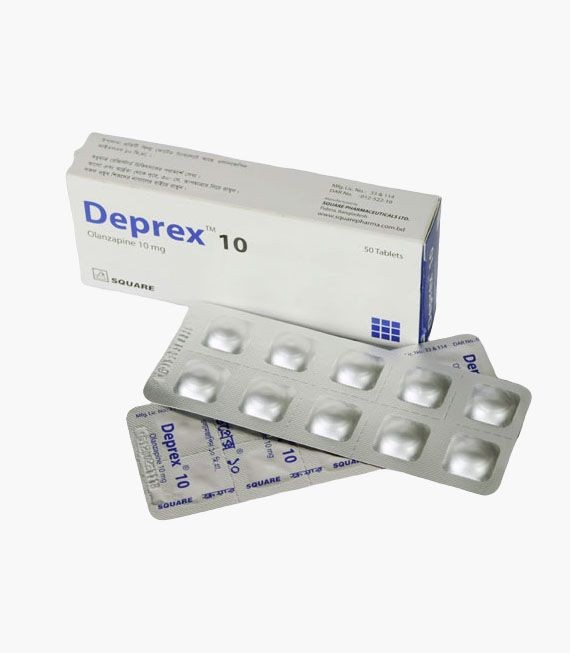
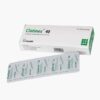
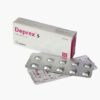

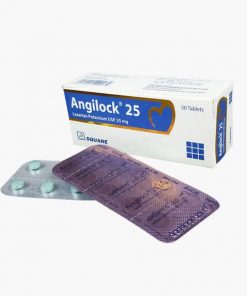
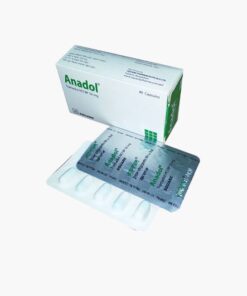
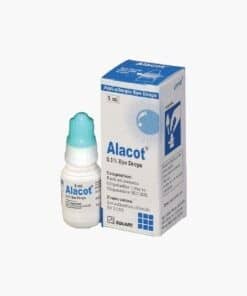
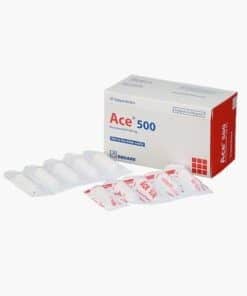
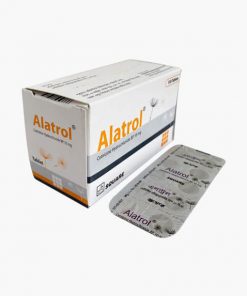
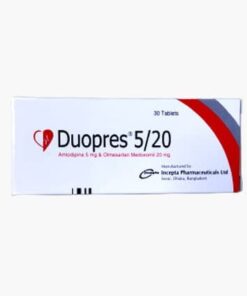
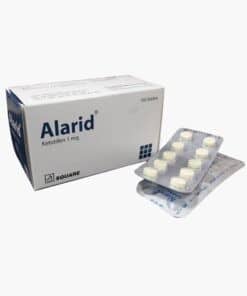
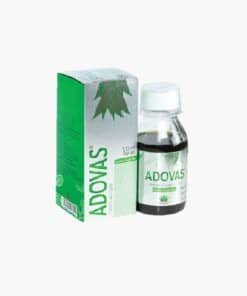
Reviews
There are no reviews yet.